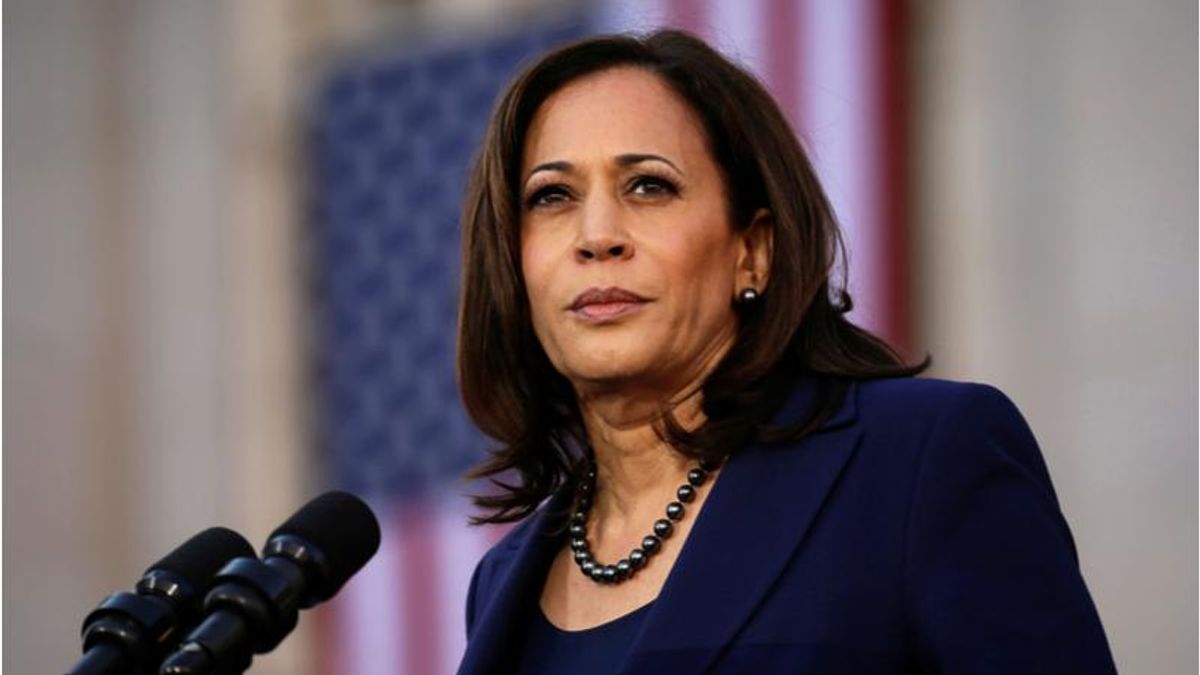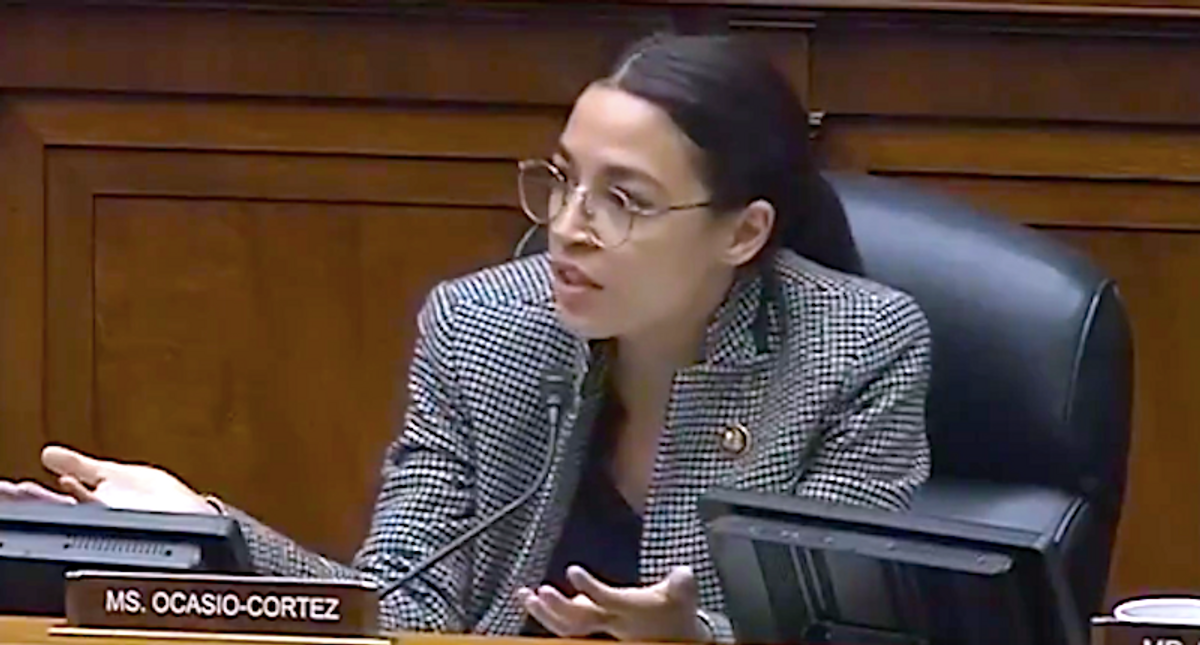Myanmar rattled by army movements, apparent internet cutoff
AP NEWS

1 of 18In this image made from video by the Democratic Voice of Burma (DVB), two armored personnel carriers were seen traversing on a road in Yangon, Myanmar, Sunday, Feb. 14, 2021. Sightings of armored personnel carriers in Myanmar’s biggest city and an internet shutdown raised political tensions late Sunday, after vast numbers of people around the country flouted orders against demonstrations to protest the military’s seizure of power. (DVB via AP)
YANGON, Myanmar (AP) — Sightings of armored personnel carriers in Myanmar’s biggest city and an internet shutdown raised political tensions late Sunday, after vast numbers of people around the country flouted orders against demonstrations to protest the military’s seizure of power.
Public concern has already been heightened for the past few nights by what many charge is the military’s manipulation of criminals released from prison to carry out nighttime violence and stir up panic.
Ambassadors from the United States and Canada and 12 European nations called on Myanmar’s security forces to refrain from violence against those “protesting the overthrow of their legitimate government.” They condemned the arrests of political leaders and activists as well as the military’s interference with communications.
“We support the people of Myanmar in their quest for democracy, freedom, peace, and prosperity,” they said in a joint statement issued late Sunday night. “The world is watching.”
The military seized power on Feb. 1, detaining the country’s elected leader, Aung San Suu Kyi, and members of her government and preventing recently elected lawmakers from opening a new session of Parliament.
The junta, led by Senior Gen. Min Aung Hlaing, said it was forced to step in because the government failed to properly investigate allegations of fraud in last year’s election, which Suu Kyi’s National League for Democracy party won in a landslide. The state election commission found no evidence to support the allegations.
There was no official word about why armored personnel carriers traversed the streets of Yangon in broad daylight Sunday, making their way through busy traffic. As night fell, there were videos and other reports on social media of the movement of trucks packed with soldiers, and in the central city of Mandalay as well.
An order that appears to be from the Ministry of Transport and Communications told mobile phone service providers to shut down internet connections from 1 a.m. to 9 a.m. Monday. It circulated widely on social media, as did a notice said to be from service provider Oredoo Myanmar containing the same details. Several users contacted through other means confirmed that access though Myanmar’s broadband and mobile services were cut as scheduled.
Monday holds the prospect of two flashpoints for the political standoff.
Suu Kyi remains under house arrest, but a remand order holding her on a minor charge of possessing unregistered imported walkie-talkies expires Monday and a court in the capital, Naypyitaw, is supposed to take action on her case. Her freedom is a major demand of the protest movement.
Khin Maung Zaw, a lawyer asked by Suu Kyi’s party to represent her, said he was uncertain if she would have a court appearance Monday, and it could be delayed by a day. He has not been able to make contact with Suu Kyi.
There is also the possibility that a young woman who was shot during a demonstration last week, also in Naypyitaw, will be declared legally dead. She has been on life support in a hospital in the capital, and unofficial memorial services were held for her Sunday at protests in Yangon and Mandalay, the country’s two biggest cities.
Large demonstrations were also held in Naypyitaw and far-flung corners of the country dominated by ethnic minorities.
Resistance also took place in cyberspace, as a group calling itself BrotherHood of Myanmar Hackers defaced the government’s Myanmar Digital News website, replacing content on its home page with words and pictures against the military takeover.
Protesters in Yangon again rallied outside the Chinese and U.S. embassies. They accuse Beijing of propping up the military regime and applaud Washington’s actions sanctioning the military. There were scattered appeals on Twitter for armed intervention by the United States.
Other protesters carried signs urging people to boycott businesses linked to the military.
Eight days of street demonstrations are estimated to have drawn hundreds of thousands of people to the streets despite the threat of six months’ imprisonment for violating an order banning gatherings of five or more people. The same order imposes an 8 p.m. to 4 a.m. curfew.
Sunday’s activism took place after the ruling junta issued a new order suspending several basic civil liberties.
The order, issued late Saturday and published Sunday in state newspapers, suspends provisions in an existing law on security and privacy protection, allowing the authorities to carry out searches and make arrests without court warrants.
It also allows the interception of electronic and other communications without a warrant and permits the detention of detainees for more than 24 hours without court permission.
Civil servants have been very active in the protests, and social media postings on Sunday indicated that state railway workers have joined them, with some unconfirmed claims that they have gone on strike.
The public at large has been alarmed since the government last week declared an amnesty that led to the release of more than 23,000 convicts. There are many claims on social media that some have been recruited by the authorities to carry out violent activities at night in residential areas to spread panic, especially by setting fires. Some areas have responded by setting up their own neighborhood watch groups.
The truth of the allegations about government-directed thugs is difficult to verify, even with videos claiming to show their activities. There is historical precedent, as the military released convicts to carry out violence and cause chaos in 1988 during a failed popular uprising against a military dictatorship.
People have also been rattled by police raids carried out during curfew hours to seize individuals seen as opposed to the coup. In several cases, nearby residents rushed to the scene in such numbers that security forces abandoned their attempts to haul in their targets.
The independent Assistance Association for Political Prisoners says 400 people have been detained since the coup, with 375 still being held.
Detainees have included political leaders, government officials, civil servants, activists and student leaders. Medical personnel have been singled out because their community initiated the civil disobedience campaign against the military takeover and remains in its vanguard.



















